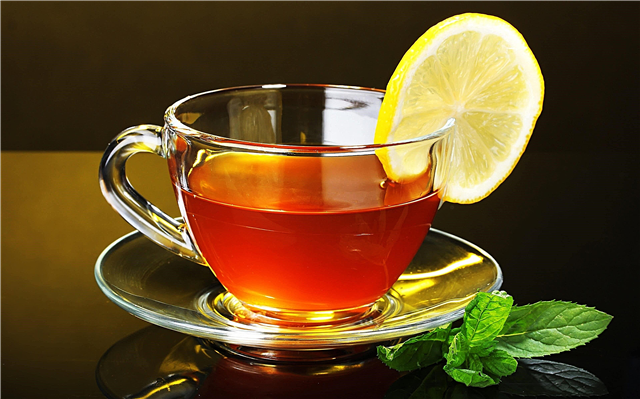
Adult insects are among the most mobile and active invertebrates. Several units developed the ability to jump using powerful hind legs, others became excellent swimmers, both on the surface of the water and under water.
However, there is a mode of transportation that is unique among invertebrates — this is flight. The wings gave insects freedom and helped them become the most diverse and largest group of animals on the planet.
Body structure and movement
Most adult insects have three pairs of legs. They are mounted on the underside of the thoracic segments, paired per segment. Although some species have modifications, for the most part the legs of insects consist of five parts: coke (basin), trochanter, thigh, drumstick and foot.
Some predatory insects are actively hunting, while others hide and hide in order to get close to an unsuspecting victim. When the distance is suitable, tenacious forelegs are thrown with lightning speed.
These differences do not play a role, but they turn out to be significant in the performance of more specialized functions. Grasshoppers, for example, with larger hind legs, respectively, have more muscles on the thigh. Avoiding danger, they can easily jump to a height that repeatedly overlaps the length of their body. An exception among their relatives is only the bear (Gryllotalpa), whose front legs are much larger than the hind legs, as they are adapted to dig the ground.
Swimming

Many aquatic insects move slowly, but some are more active due to the paddle-shaped appendages formed from the hairy fringe on the legs. In water bugs, usually this fringe is located on the hind legs, and in the water bug of the rower (Notonecta) - on the front.
Dragonfly larvae, unlike adult individuals leading an aquatic lifestyle, generally have an extremely modern way of moving in water. When something threatens them, they turn on the “jet engine”, pushing the water out of the tip of their abdomen.
Specific Leg Modifications

In many insects that use limbs for other purposes, the legs have undergone specific modifications. For example, in predatory praying mantises (Mantis sp), the front legs were modified in order to grab prey. Not only can they be instantly thrown forward, but also on the inner edge are equipped with spikes, providing a dead grip. Similar changes have been made to the legs of the waterbugs of the ranatra (Ranatra sp). The honey bee (Apis melifera) and many of its relatives have special devices on their hind legs for transporting pollen from flowers to the hive. Leg modifications are not always related to nutrition. For example, in male swimming beetle beetle (Dytiscus sp), suckers were formed on the front legs, allowing to hold the slippery female during mating.
Insect wings
Insect wings are a unique phenomenon in the world of invertebrate animals, and the ability to fly has played a huge role in their successful development of terrestrial habitats on the planet.Unlike birds and bats, whose wings developed from the legs, the wings of insects are completely independent of the structure of the legs. They are compacted outgrowths of the upper layers of the second and third segment of the thoracic region. These wings are supported by muscles strengthened at one end on the base of the wing inside the chest, and the other on the inner surface of the chest wall. Strength of insect wings gives a network of supporting veins.
Most adult insects have two pairs of wings, although there are exceptions. In the group of true flies, the reduced and modified hind wings do not serve for flight, but for balance. On the other hand, if you take the bugs, then their hind wings control flight, and the front ones form a hard case that protects the hind wings at rest.
Flight destination
Winged insects, even those with the most limited flight capabilities, certainly use their wings to avoid danger. Those who fly more skillfully use flight for a variety of purposes: from moving to new places and feeding, to finding a partner for mating and choosing a place to lay eggs.
Insects are impressive both in speed and, in some cases, in the duration of their flight. Some butterflies and moths carry out lengthy seasonal migrations of hundreds, if not thousands of miles. Vanessa cardui is the most famous example for Europe in this respect. Each spring, from their permanent habitats in Southern Europe and North Africa, subsequent generations head north. In America, Danaida (Danaus plexippus) is just as famous.The Danaids spend the winter in Mexico, but each spring subsequent generations migrate north to Canada. At the end of summer and autumn, there is a reverse migration to wintering sites.
Shape and color of insect wings

Wings come in all shapes, sizes and colors. Their appearance plays a large role in the life of the insect, and especially in the performance of specific functions. For example, in butterflies, the wings are often wide, with rounded ends, which allows them to easily glide from flower to flower. Some moles and most flies have narrower wings, adapted for tacking and prolonged fluttering. The wings of moths and butterflies are covered with scales and are often brightly colored or finely painted.
This coloring performs several functions at once: recognition of each other by individuals of the same species, warnings, camouflage, etc. If the wings do not perform any additional functions related to the behavior of insects, they are usually simply transparent. Many insects enjoy the warming rays of the sun. The heat absorbed by the body and wings will help accelerate the metabolism in the body of the insect.











